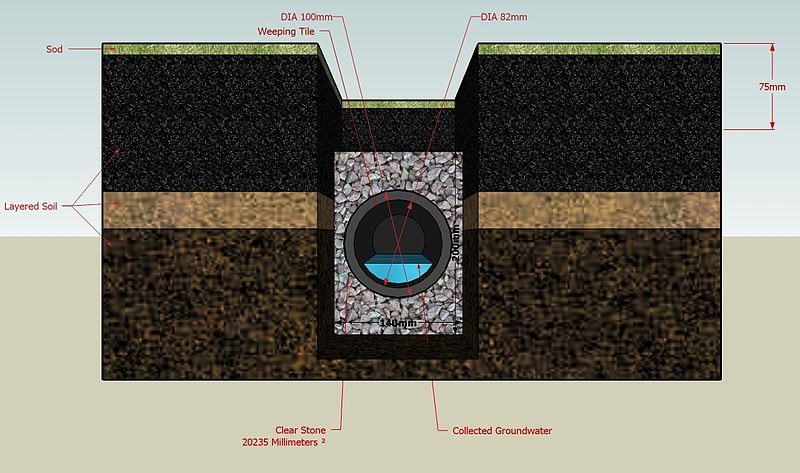How To Flood Proof Your Basement

In the past few years with hurricanes and storms, basement flooding has become a much more prominent problem. Even though there is the option of insurance to cover any loss, we know that it is impossible to replace some of the items we’ve saved and stored away.
The important things like photo albums, baby clothes, or other mementos we hang onto can be beyond repair in minutes. Even without those, the damage cause by flooding alone is hazardous to our health. In these cases, investing in prevention is much less painful than dealing with the aftermath of water damage.

Frozen ground also complicates things by solidifying and creating a gap between itself and the foundation of your home letting more water in.
These are basic preventative methods, and although there is no absolute guarantee you won’t experience leakage, you can have a contractor help you with more costly but effective suggestions.
Whichever you chose, taking steps towards prevention is always going to be better than losing irreplaceable belongings and scraping mold off your ceiling in a hazmat suit. Check if you are living in an area that deals with flooding on a consistent basis, and look at the foundation of the home you live in, because you may need to invest in one of these solutions for yourself.
License: Creative Commons
image source
For more information on flood proofing or other disaster prevention visit us at Puro Clean.
Comments are closed.

There is alot of VERY good advice in regards to avoiding a flooded basement in this article. As the owner of a water damage restoration company, I see all of the above topics discussed cause issues and unwanted damage. Be active in prevention and you will save alot of money.